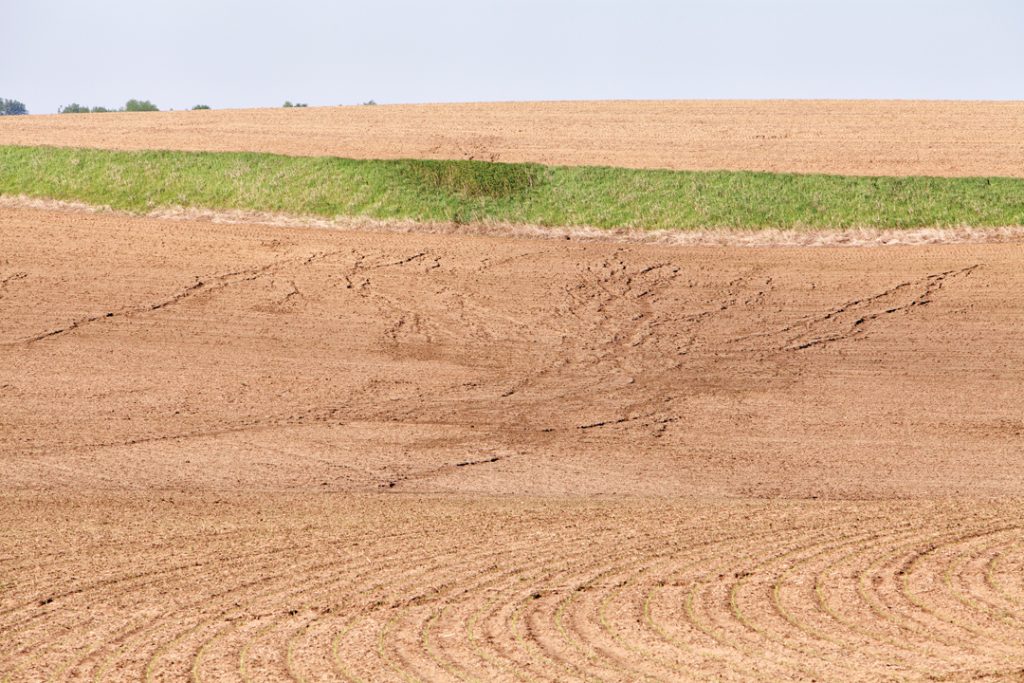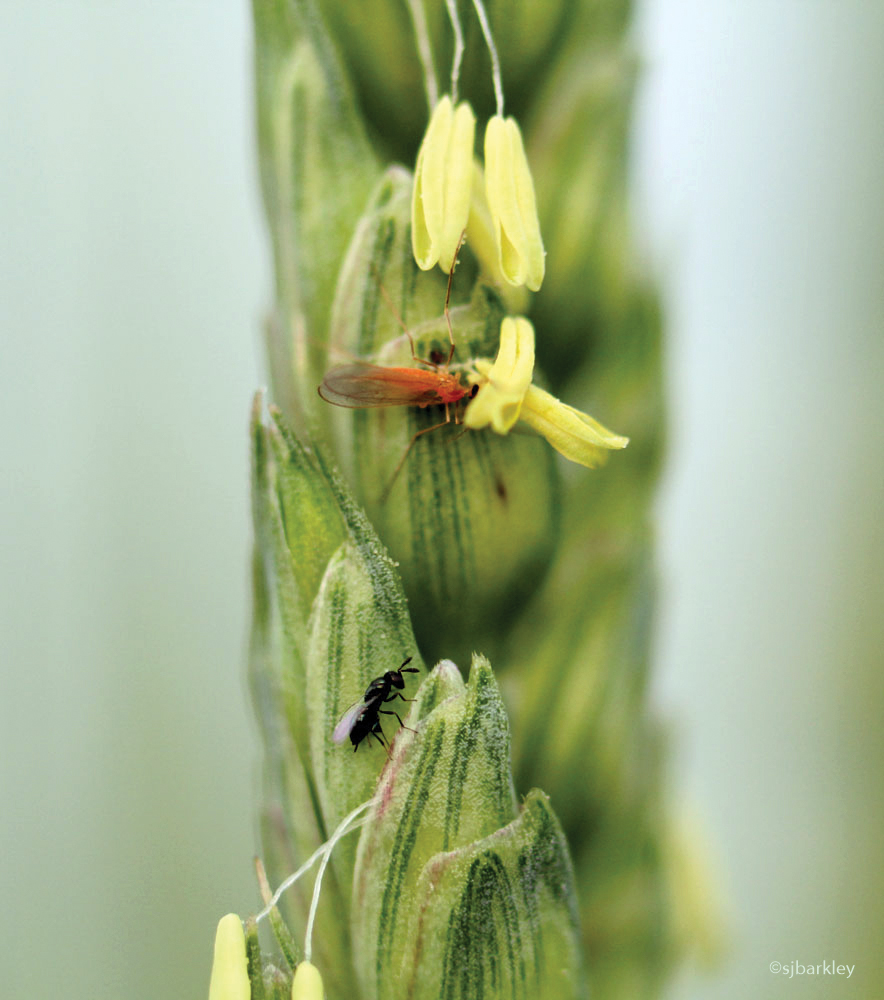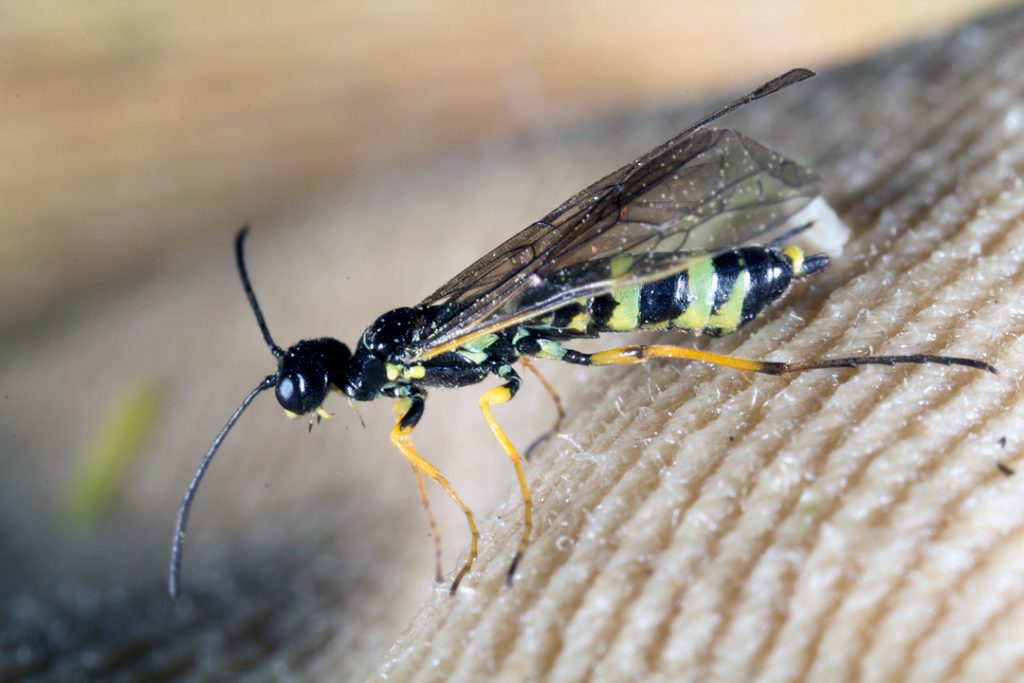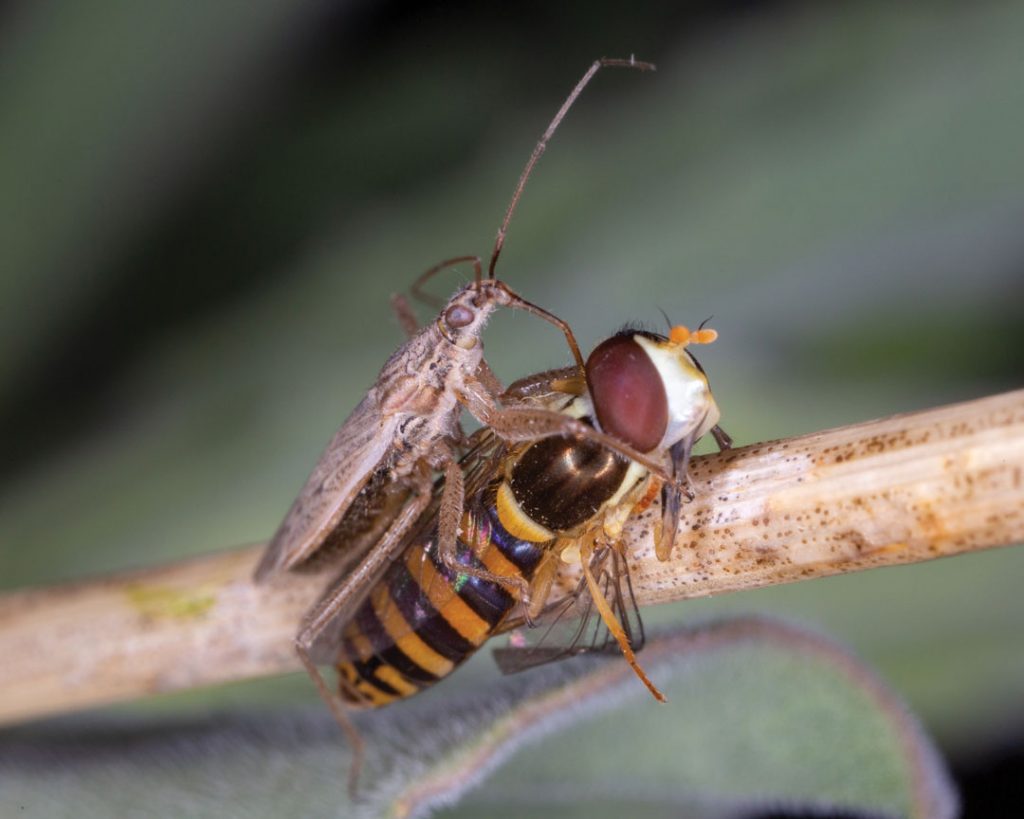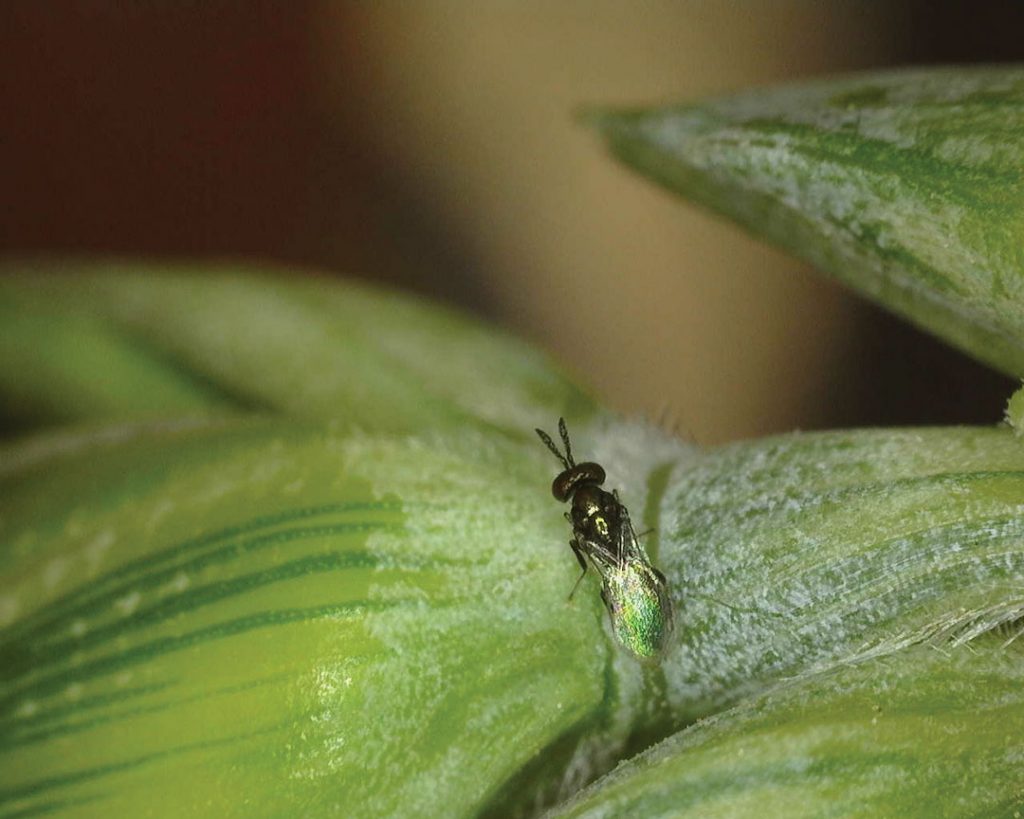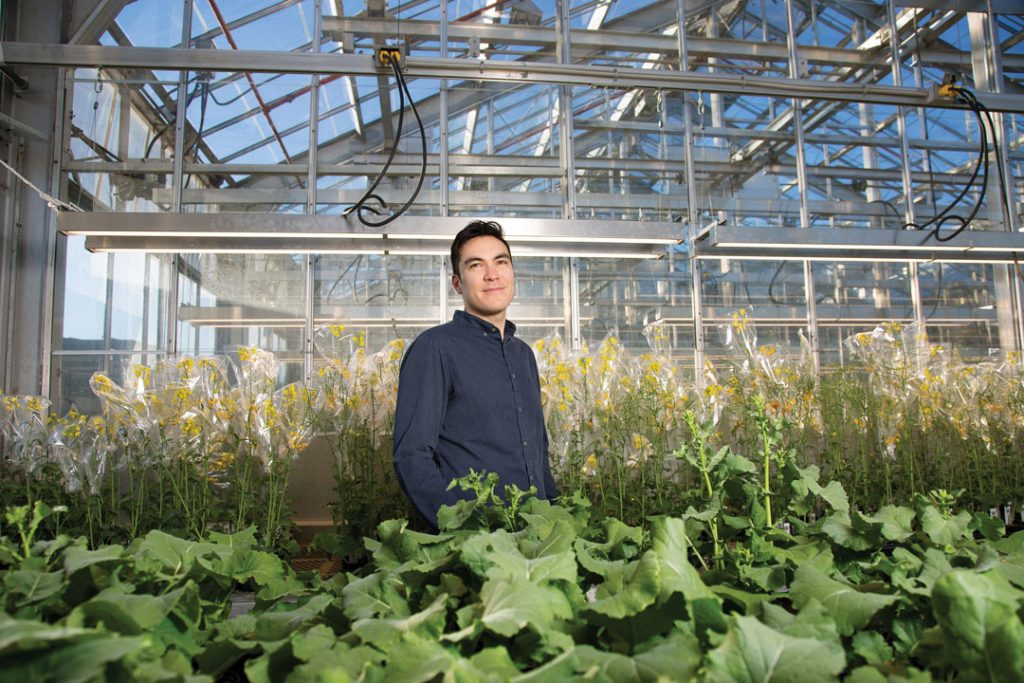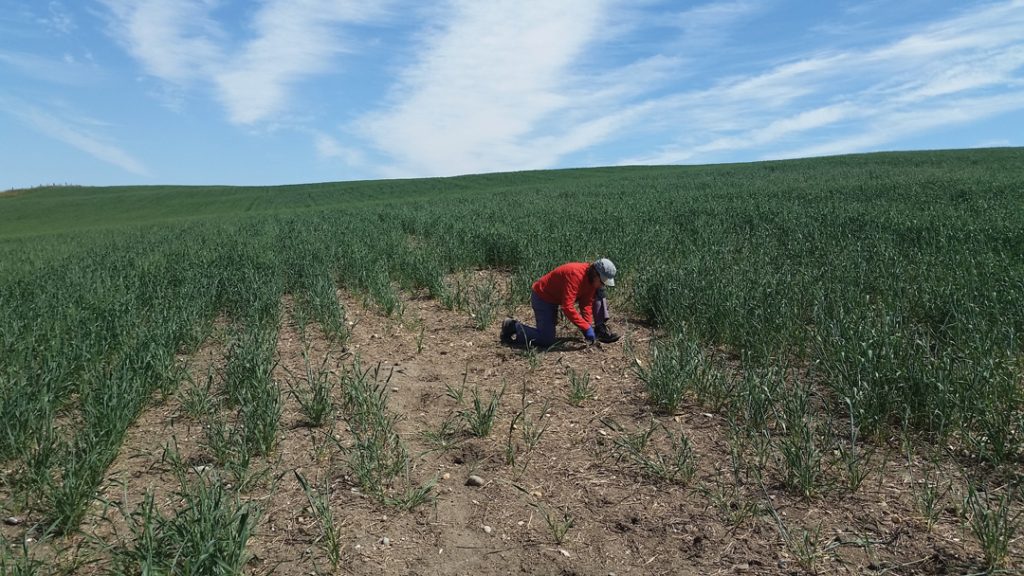PROFIT MARGINS
Hedgerows, hillsides too steep for tractors to climb and even grassy margins along fencelines serve as havens for beneficial insects and birds that play a pivotal role in pest control. Since the dust bowl days of the 1930s, shelterbelts composed of trees and mixed vegetation have mitigated soil erosion by wind and water. More recently, research has been carried out to assess the additional benefits such uncropped land may provide.




